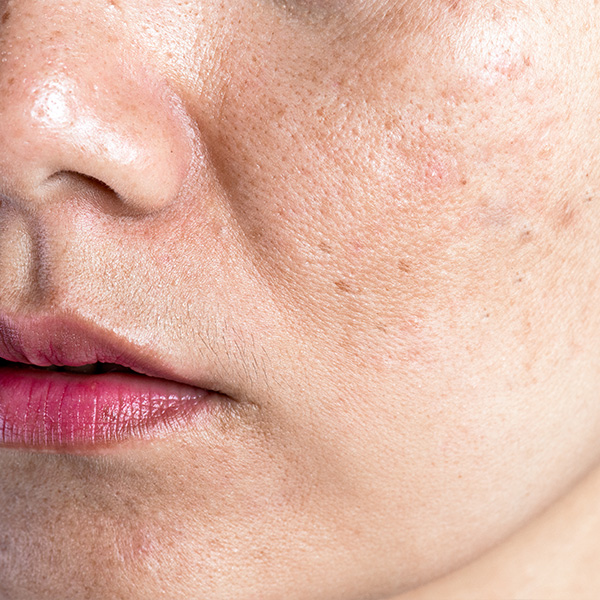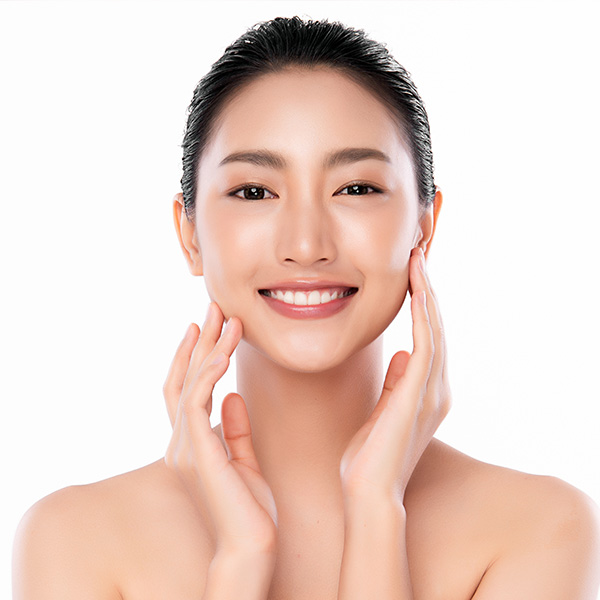Chemical peels is a skin resurfacing technique by applying a chemical solution to the skin for various treatment intentions.
- WhatsApp Us: +65 8691 8303
- 6979 8860
- 111 Somerset, #03-19, Singapore
Menu
- TREATMENTS
- AESTHETIC TREATMENTS
- Dermal Fillers (Botox)
- Calecim Advanced Hair System
- Chemical Peel
- CO2 treatments
- Discovery Pico Laser
- Dr Samantha’s Signature Glow Booster
- Fillers
- High Intensity Focused Ultrasound with Ultraformer III
- Profhilo
- Microneedling RF
- Rejuran Healer
- Rejuran I (Rejuran Eye)
- Rejuran S (Rejuran Scar)
- Skinboosters
- SUBCISION
- Vit C Hollywood Facial
- MEDISPA TREATMENTS
- NEXUS PROGRAMMES
- AESTHETIC TREATMENTS
- CONCERNS
- PRODUCTS
- BLOG
- CONTACT US



